Try to find the freshest and juiciest fruits with dense skins of evenly yellow color. Make sure that there are no traces of rot and mold on them. Cut the fruit into slices and remove the seeds from it.

Select the largest, convex and weighty specimens. Usually there are a lot of seeds in one lemon. Take the maximum amount for sowing to increase the chances of germination.
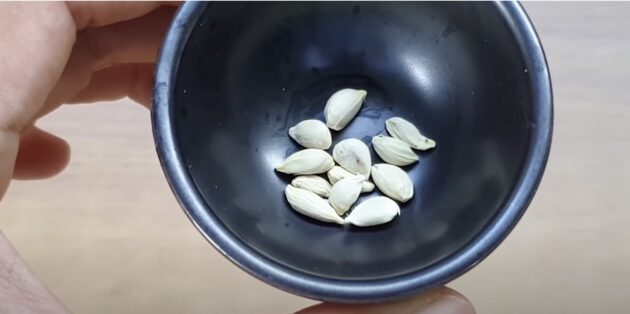
Try not to delay the sowing of lemon. If for some reason you need to postpone the procedure, wrap the seeds with a damp cotton pad or cloth and periodically moisten the material with water to prevent the seeds from drying out.
Pots or cups with a volume of at least 0.2 liters are suitable for growing lemon. The main thing is that there are drainage holes at the bottom to drain excess liquid. If necessary, they can be made with a red-hot awl, soldering iron or drill.
Put drainage, such as expanded clay or sand, in a 2 cm layer at the bottom of each container.
The soil for growing lemon can be prepared independently by mixing river sand, turf and compost in equal proportions. A ready-made soil for citrus fruits or for seedlings of vegetable or flower crops is also suitable. Fill the cups to the top with earth and seal it a little with your hands or a spoon.
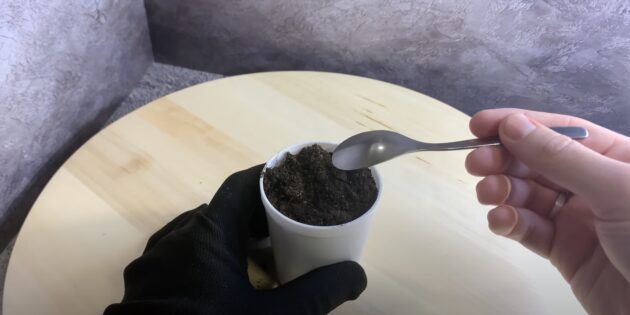
In the ground, make a 1.5–2 cm depression in the center of each cup and put a seed in it. You can also place several to increase the chances of germination. If all the sprouts hatch at once, you will need to carefully pull out the excess ones, leaving the strongest one.
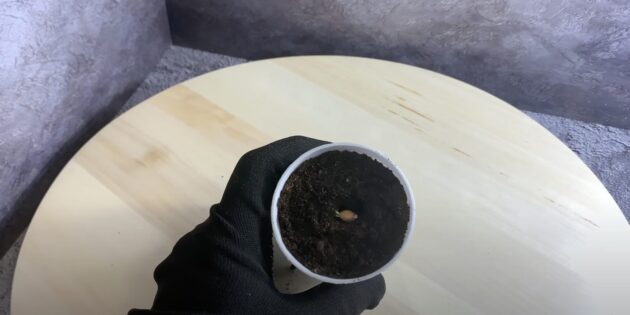
Fill the bones with soil and abundantly moisten the earth in cups with water from a spray bottle.
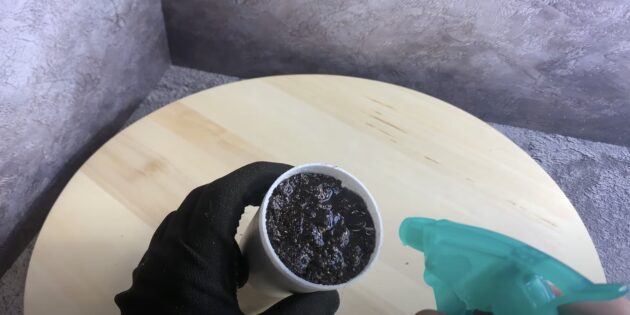
Cover the pots with a transparent plastic bag, food wrap, glass or plastic lid to make a mini greenhouse.
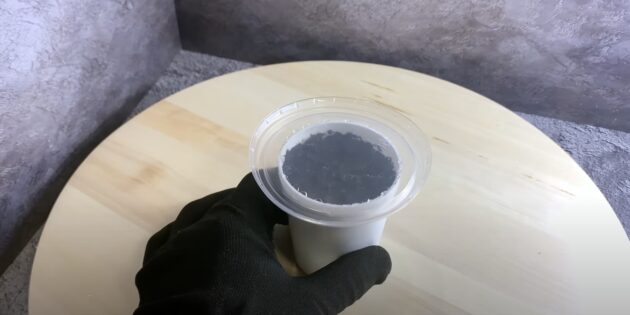
Place the cups in a well-lit place with a temperature between 18-22 degrees.
It takes about 2-4 weeks for the seeds to germinate. At this time, keep an eye on the moisture content of the soil in the pots and do not let it dry out. Take off the shelter for 10-15 minutes every day: ventilation will help to avoid the appearance of mold and other fungi.
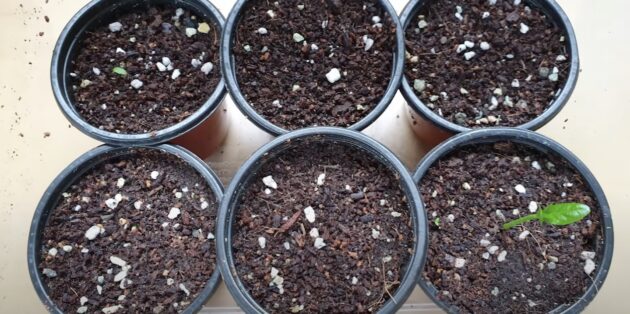
After the shoots hatch, remove the shelter completely so that they do not stretch and develop strong.
Keep the lemon in a well-lit place at a temperature of 18-22 degrees away from heating devices. In winter, the plant may not have enough sun, so it is important to provide additional lighting with phytolamps or conventional fluorescent lamps with a power of at least 36 watts per 1 m2. Turn them on for 5-6 hours a day.
By the way, during the formation of buds and flowering, a lemon can be placed in a cooler place with a temperature from 14 to 18 degrees so that it does not shed the ovaries. And when the fruits begin to pour, on the contrary, provide him with warm conditions with a temperature of at least 22 degrees.
The plant does not like too frequent watering. Be guided by the condition of the soil in the pot and carry out the procedure when the soil surface is completely dry. Use room temperature water for this purpose.
Also, once every 1-2 days, you can additionally spray lemon leaves with warm water from a spray bottle. It is especially important to do this during the heating season in order to protect the plant from excessively dry indoor air.
Lemon usually grows well on its own. But if your seedling grows with a straight stick, pinch off the top of the head with your fingers or cut it off with scissors. This will stimulate the formation of lateral shoots.
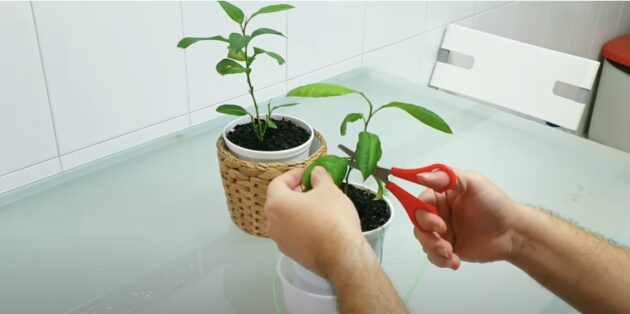
As you grow, you can also pinch the side branches and shape the tree at will. It is best to prune annually in April, shortening new shoots at the level of 20-25 cm. This will accelerate the formation of flower buds, and the plant will be able to bear fruit in 5 years.
And also, in order for the lemon to evenly increase the crown, you need to rotate the pot around its axis by about 10 degrees every 2 weeks.
When the seedling turns 3 months old, it is necessary to provide it with additional nutrition. From this age fertilizers are applied every 2-3 weeks from the beginning of spring to the middle of autumn. After that, the frequency of fertilizing is reduced to 1 time in 1-1.5 months. In winter, they are completely stopped so that the lemon stays at rest.
The simplest option is to use complex mineral fertilizers for citrus fruits. The consumption rates and the method of preparation of the solution will vary depending on the product and the manufacturer, so carefully read the instructions and follow the dosage.
You can also choose other mixtures. For example, according to this scheme:
Any fertilizer should be poured strictly under the root of the plant, having previously moistened the soil, early in the morning or in the evening at sunset. A small plant needs about 50-100 ml of the solution, an adult needs 100-200 ml.